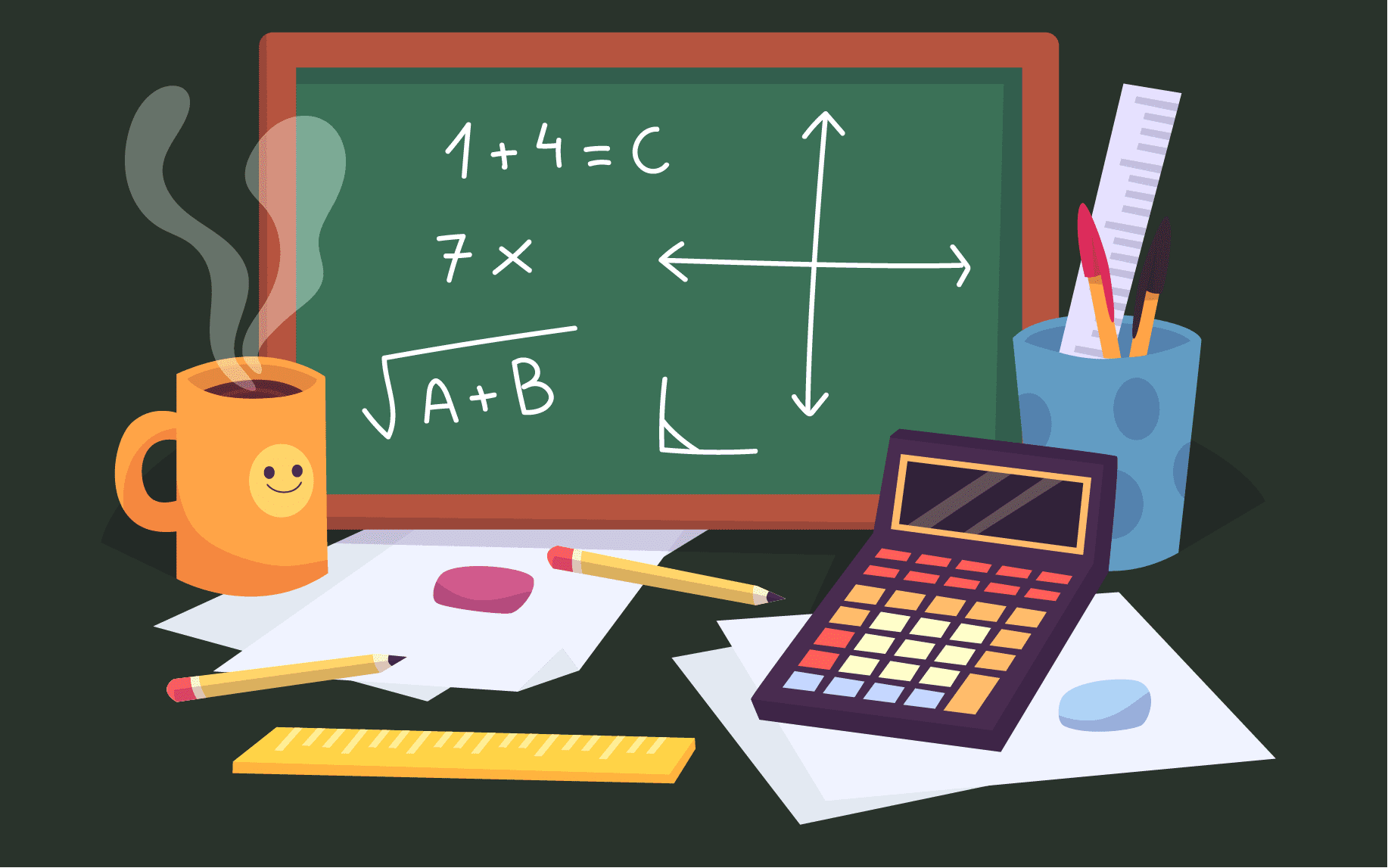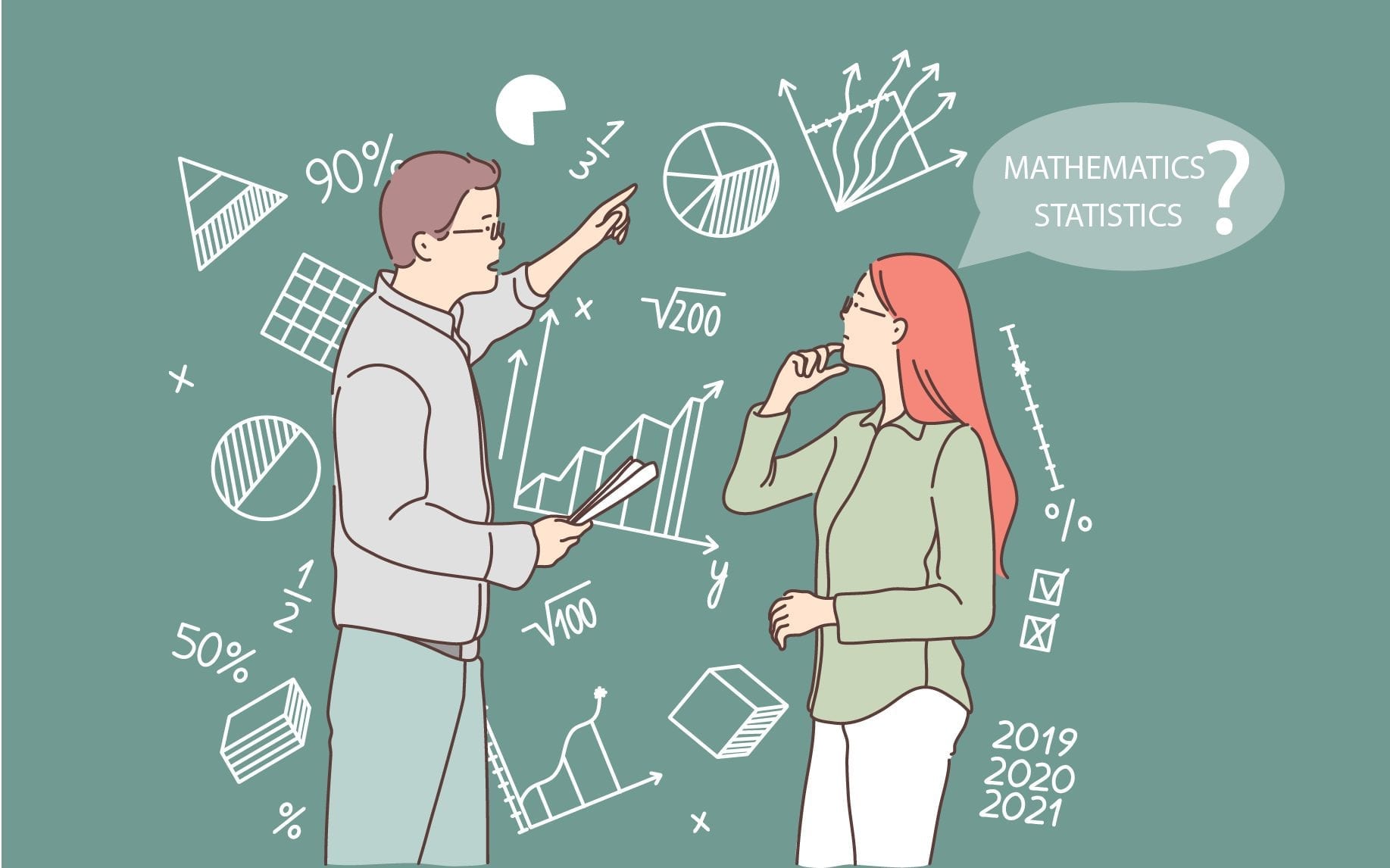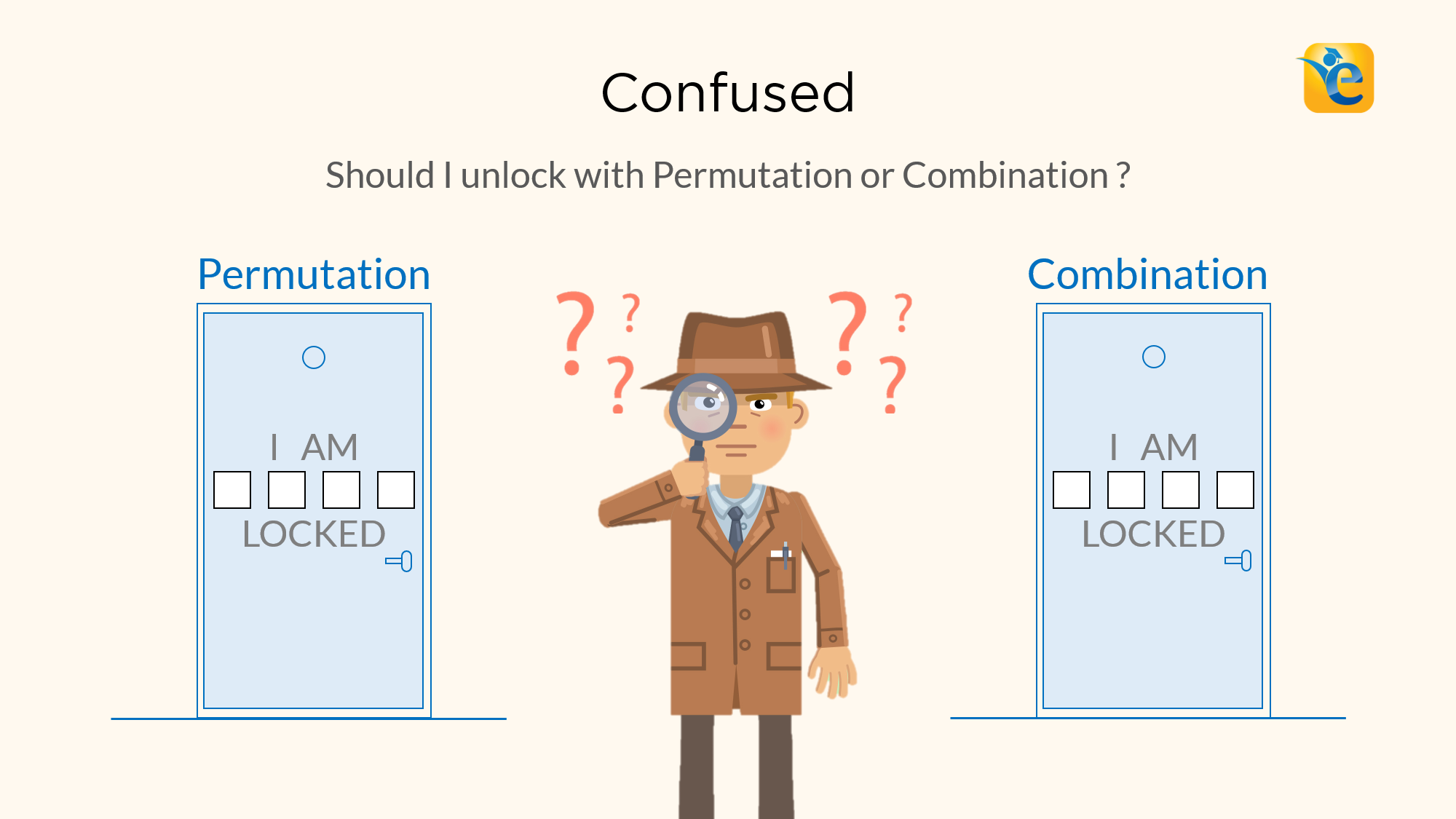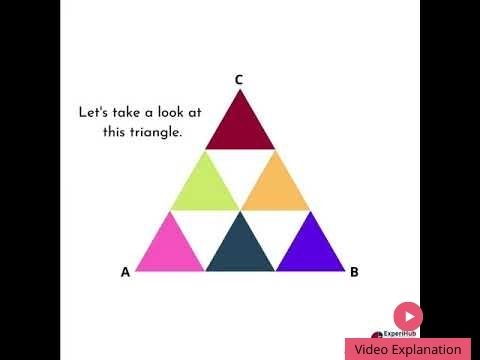Geometry is, with arithmetic, one of the oldest branches of mathematics. It is concerned with properties of space that are related with distance, shape, size, and relative position of figures. A mathematician who works in the field of geometry is called a geometer. 0
In mathematics, the Fibonacci numbers, commonly denoted Fn, form a sequence, the Fibonacci sequence, in which each number is the sum of the two preceding ones. The sequence commonly starts from 0 and 1, although some authors omit the initial terms and start the sequence from 1 and 1 or…
The basic arithmetic operations are addition, subtraction, multiplication and division, although arithmetic also includes more advanced operations, such as manipulations of percentages, square roots, exponentiation, logarithmic functions, and even trigonometric functions, in the same vein as logarithms. Arithmetic expressions must be evaluated according to the intended sequence of operations. There…
Statistics is the science concerned with developing and studying methods for collecting, analyzing, interpreting and presenting empirical data. Statistics is a highly interdisciplinary field; research in statistics finds applicability in virtually all scientific fields and research questions in the various scientific fields motivate the development of new statistical methods and…
Statistics is simply defined as the study and manipulation of data. As we have already discussed in the introduction that statistics deals with the analysis and computation of numerical data. Let us see more definitions of statistics given by different authors here. According to Merriam-Webster dictionary, statistics is defined as “classified…
An arithmetic progression or arithmetic sequence is a sequence of numbers such that the difference between the consecutive terms is constant. For instance, the sequence 5, 7, 9, 11, 13, 15, . . . is an arithmetic progression with a common difference of 2. A finite portion of an arithmetic…
We use numbers in our day to day life. They are often called numerals. Without numbers, we cannot do counting of things, date, time, money, etc. Sometimes these numbers are used for measurement and sometimes they are used for labelling. The properties of numbers make them capable of performing arithmetic…
Permutation and combination are the ways to represent a group of objects by selecting them in a set and forming subsets. It defines the various ways to arrange a certain group of data. When we select the data or objects from a certain group, it is said to be permutations, whereas…
The study of mathematics includes numbers and the different patterns in which they are listed. There are different types of patterns in mathematics, such as number patterns, image patterns, logic patterns, word patterns, and so on. The number pattern is the most commonly used one since students are aware of even numbers, odd…
Climate Change, in the most simple terms, is a concept revolving around the long-term changes and alterations in weather temperatures and their overall patterns. The large-scale shifts in weather patterns, global warming, and the use of greenhouse gas emissions are some of the aspects of climate change itself. It is…
PBS Nova – Fractals – Hunting the Hidden Dimension Source : https://www.youtube.com/watch?v=HvXbQb57lsE 0
Mathematics Explains The Universe Who was the first person to discover math? As a result, he has been hailed as the first true mathematician and the first known individual to whom a mathematical discovery has been attributed. Pythagoras established the Pythagorean School, whose doctrine it was that mathematics ruled the…
The entire field of mathematics summarised in a single map! This shows how pure mathematics and applied mathematics relate to each other and all of the sub-topics they are made from. If you would like to buy a poster of this map, they are available here: http://www.redbubble.com/people/domin… I have also…
Source : www.betterexplained.com There’s a popular story that Gauss, mathematician extraordinaire, had a lazy teacher. The so-called educator wanted to keep the kids busy so he could take a nap; he asked the class to add the numbers 1 to 100. Gauss approached with his answer: 5050. So soon? The…
Let’s See a Doodling in Maths : Having in mind some spirals, Fibonacci, and being a plant concept.. go through the given video. Source : https://www.youtube.com/watch?v=ahXIMUkSXX0 0














